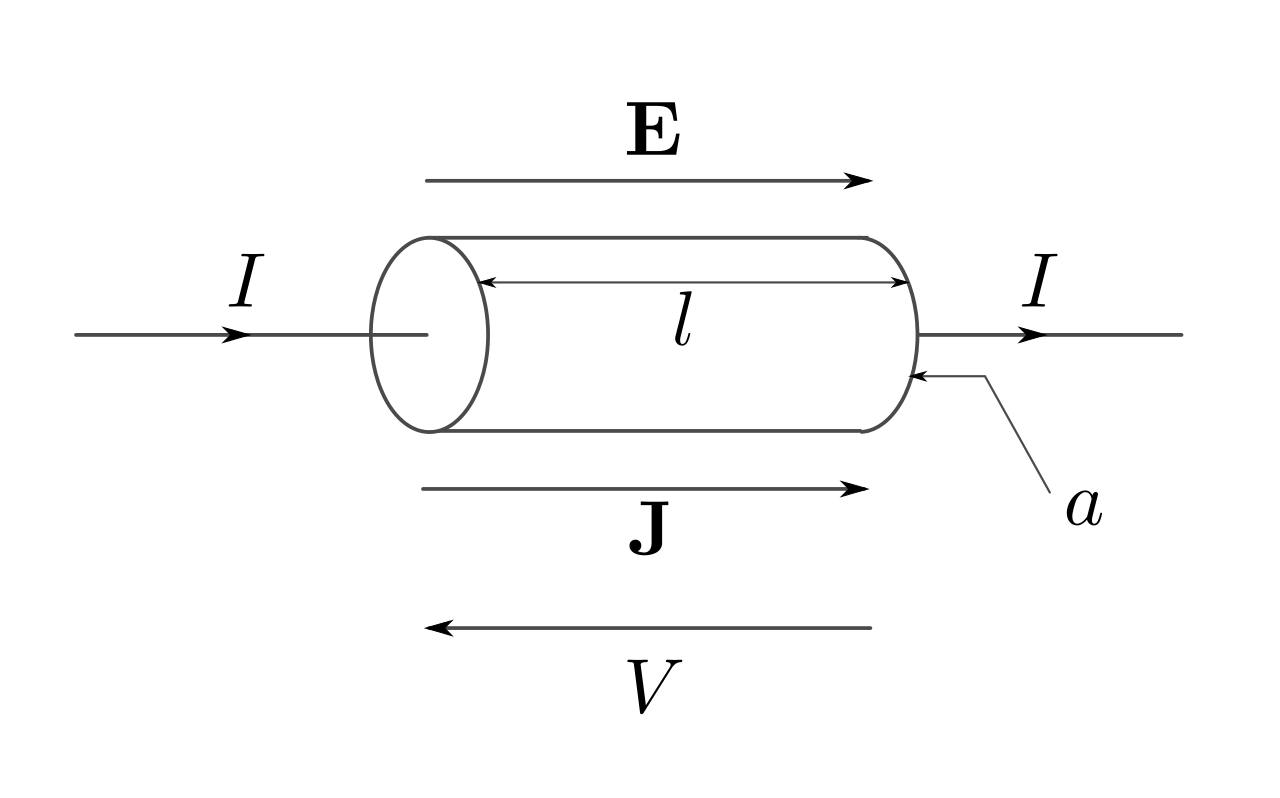OHM:
Se define a un ohmio
como la resistencia eléctrica que existe entre dos puntos de un conductor,
cuando una diferencia de potencial constante de 1 voltio aplicada entre estos
dos puntos, produce, en dicho conductor, una corriente de intensidad de 1
amperio (cuando no haya fuerza electromotriz en el conductor). Se representa
por la letra griega mayúscula omega (Ω). También se define como la resistencia
eléctrica que presenta una columna de mercurio de 5,3 cm de altura y 1 mm² de sección
transversal a una temperatura de 0 °C.
Estándar Unidades derivadas del Sistema
Internacional
Magnitud Resistencia eléctrica
Símbolo Ω
Nombrada en honor de Georg Simon Ohm
Equivalencias
AMPER:
El amperaje no es
otra cosa que la fuerza o la potencia en una corriente eléctrica circulando
entre dos puntos, estos son el negativo y el positivo a través de un conductor
o cable eléctrico. La corriente eléctrica circula del negativo hacia el
positivo.
La forma de saber que
amperaje circula por una corriente eléctrica es conectado en serie un
amperémetro, para esto debe de haber una carga entre el negativo y el positivo,
por ejemplo, un receptor de radio, una lavadora de ropa, etc.
VOLT:
El voltio, o volt,
por símbolo V, es la unidad derivada del Sistema Internacional para el
potencial eléctrico, la fuerza electromotriz y la tensión eléctrica. Recibe su
nombre en honor a Alessandro Volta, quien en 1800 inventó la pila voltaica, la
primera batería química.English
OHM:
It is set to one
ohm as electrical resistance between two points of a conductor, when a
constant potential difference of one volt applied between these two
points, produces, at said driver, a current intensity of 1 ampere (when
no electromotive force in the conductor). It is represented by the Greek
letter capital omega (Ω). It is also defined as electrical resistance
that presents a mercury column of 5.3 cm and 1 mm² cross section at a
temperature of 0 ° C.
Standard SI derived unit
Magnitude Electrical resistance
symbol Ω
Named in honor of Georg Ohm
equivalences
SI base unit 1 Ω = V / A
AMPER:
The amperage is
nothing but force or power an electric current flowing between two
points, these are the negative and positive through a conductor or
electric cable. The electric current flows from negative to positive.
The way to know
that amperage flowing through an electric current is connected in series
a amperémetro, for this must have a charge between the negative and
positive, for example, a radio receiver, a washing machine, etc.
Amperage in an
electrical circuit has been compared to a water flow through a duct, the
more water flow, greater presién, another factor is the thickness of
the duct. if the duct is reduced water contains more pressure but its
volume will be lower. If, however, the conduit is greater, the amount of
water will, therefore higher but lower pressure. The same applies to an
electrical conductor, if your gauge (thickness) is reduced, the current
strength or oposión find its path, the size is increased, it will flow
freely with less resistance.
VOLT:
The Volt, or volt
per symbol V, is the derivative unit of the International System for the
electric potential, electromotive force and voltage. It is named in
honor of Alessandro Volta, who in 1800 invented the voltaic pile, the
first chemical battery.


No hay comentarios.:
Publicar un comentario